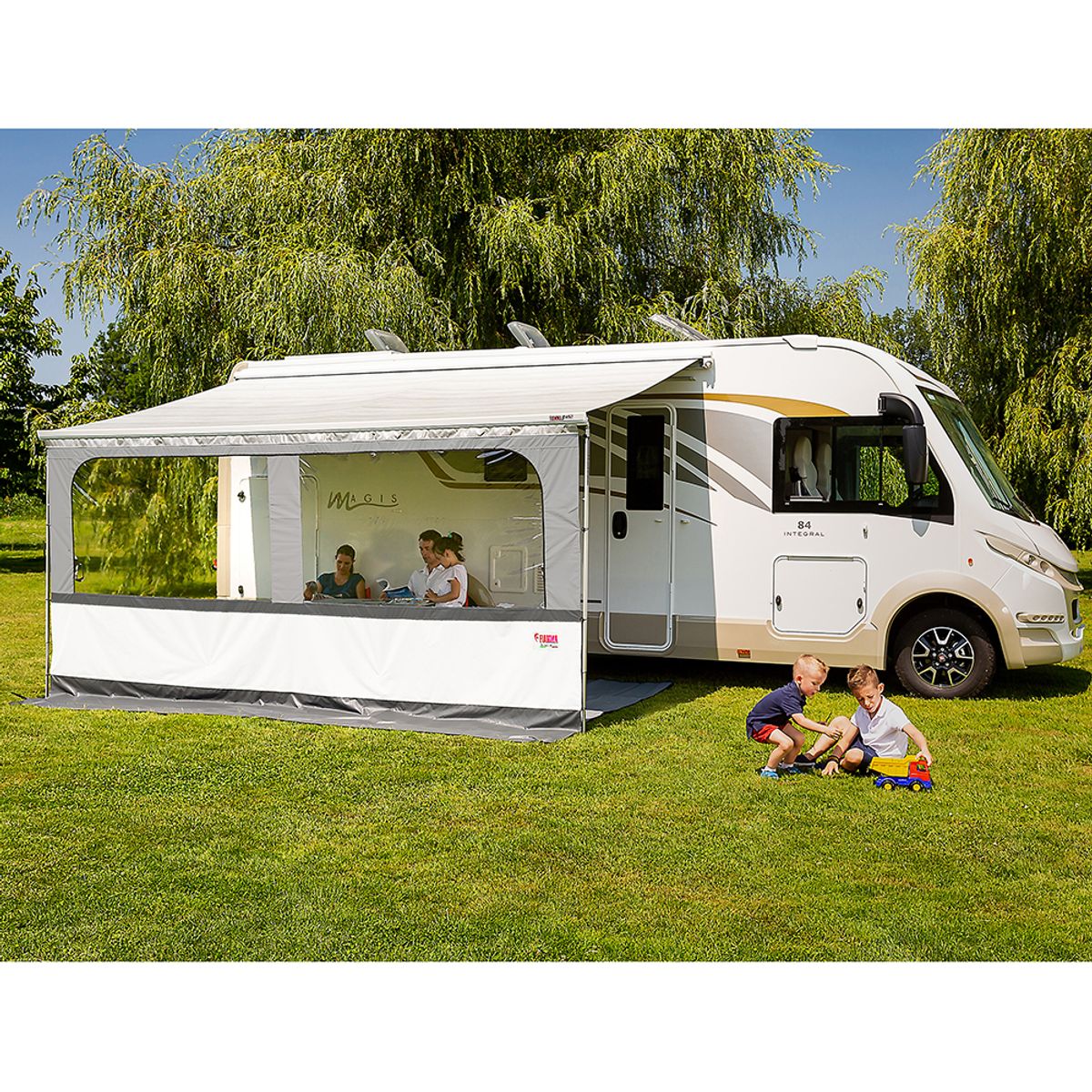
What Was The First Caravan Made For The Pursuit Of Leisure?

Whilst modern caravans are supplied with a wide range of amenities, equipment and comforts that turn a trailer into a home away from home, the concept behind them is hundreds, if not thousands of years old.
The Romans had “travelling carriages” for journeys across the length and breadth of their growing empire, which evolved in design and function over the next 2000 years.
By the 19th century, coaches and carriages you could live in were commonly found used either for business purposes such as by travelling showmen, or amongst travelling nomadic groups such as the Romanichal vardo.
This moving home that was the centre of British Romani life would become the inspiration for several explorers who wanted to tour various countries and islands in comfort.
Author and explorer Sir Samuel White Baker bought a vardo for his tour of Cyprus in 1879, but a few years later, another author and explorer went further and had a purpose-built caravan built.
Commissioned by William Gordon Stables based upon the Bible Wagon used in the Frontier West of the United States, the 18-foot caravan was known as Wanderer, which he used to travel across Great Britain.
It was the first caravan purpose-built for leisure travel and was inspired by luxury yachts of the era, to the point of being referred to as “she” akin to a boat.
This tour across the beautiful British countryside would not only inspire generations of caravanners to this very day, many of whom will follow much smoother roads to the same destinations Mr Stables travelled on.
He wrote a book, The Gentleman Gypsy, that was sold in extremely limited quantities in 1885 but proved to be extremely influential and created caravan culture as we know it today.
The Duke of Newcastle commissioned The Bohemian, and The Caravan Club was founded in 1907, with Mr Stables being named Vice President in honour of his contributions to caravan life. Sadly he would die just three years after being bestowed this honour.
